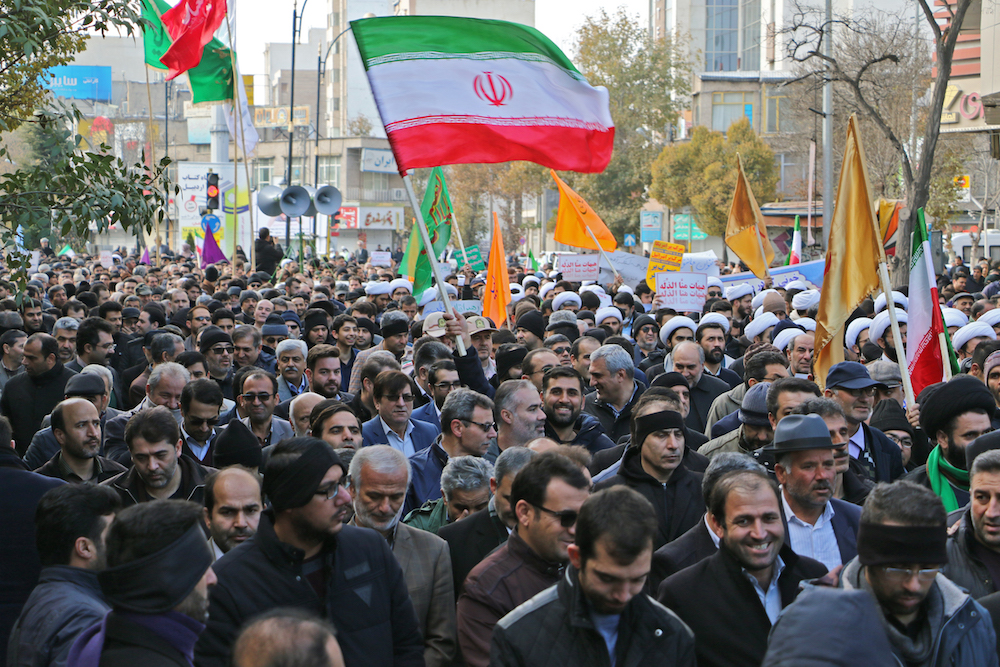
- ARAB NEWS
- 13 Jul 2025

The protests in Iran are more massive than what we see on screens and social media, as the regime has pulled the plug on the Internet, in an unprecedented move. Public outrage has spread to about 100 cities, touching the regime’s highest religious and political systems and going beyond its main purpose — protesting the doubling of fuel prices — to attack the regime and its legitimacy.
Before I put forward the possible outcomes of these protests and the fate of the regime, it is useful to look at the whole picture of the waves of movement on the Iranian street in general. This is the third wave to shake the regime. The first was in 2009, when protesters took to the streets of the capital Tehran. That wave was led by two of the regime’s leaders, Mir-Hossein Mousavi and Mehdi Karroubi, to protest election rigging.
The protests were massive, revealed the magnitude of the conflict within the ruling establishment, and exposed the image of the leadership and its relationship with its followers. The protests were suppressed, and its leaders were put under house arrest despite their age.
The second wave was in 2016 and 2017. It broke out because of high prices and poor services, and expanded beyond Tehran, reaching about 50 cities across Iran. Its importance lies in that it expressed the anger of the working class. The regime also cracked down on this wave, which differed from the previous one in that it did not have a leader, which is why it took a long time to quell.
The current, third wave is more massive and extensive. It includes almost all segments of society in Tehran and other major cities. This is why the regime has hurried to deal with it with more violence than the two previous waves. The regime resorted to shutting down communications to prevent people from gathering and sharing influential video footage.
Despite this, the protests have continued, reflecting anger that has nothing to do with incitement, as the regime has claimed. The rage, which has deepened, was spurred by the rise of fuel prices, affecting the middle class as well.
The reality is that the regime has been trapped in a corner by US sanctions, which are the toughest and most painful in the regime’s history.
Abdulrahman Al-Rashed
I do not think the regime was surprised by the reaction of the street. The leadership was quick to insist on maintaining the doubled fuel prices, and the supreme leader considers the protests against him treason. President Hassan Rouhani, who could later become the scapegoat, has repeated the same words.
The regime is trapped in a corner by US sanctions, which are the toughest and most painful in the regime’s history. It has no other way to survive but to carry a big stick after depriving its people of services, jobs and subsidized materials. This time, the regime is determined to commit mass murder in order to survive.
Some of the protesters, who have no means to defend themselves, have resorted to setting petrol stations and banks on fire as they are the symbols of crisis and power. Leaked images show the intensity of the confrontations, which have reached a new level of violence compared to the previous waves.
In my opinion, this wave will not uproot the regime as it is willing to commit massacres, as it has done in Syria, to survive. But the regime’s foundations, or what is left of them, will be devastated by citizens. The regime has become weaker than at any stage in the history of the ayatollahs’ rule. Iran the revolution, which dominated everything inside and threatened the outside, has come to an end.
Abdulrahman Al-Rashed is a veteran columnist. He is the former general manager of Al Arabiya news channel, and former editor-in-chief of Asharq Al-Awsat. Twitter: @aalrashed.